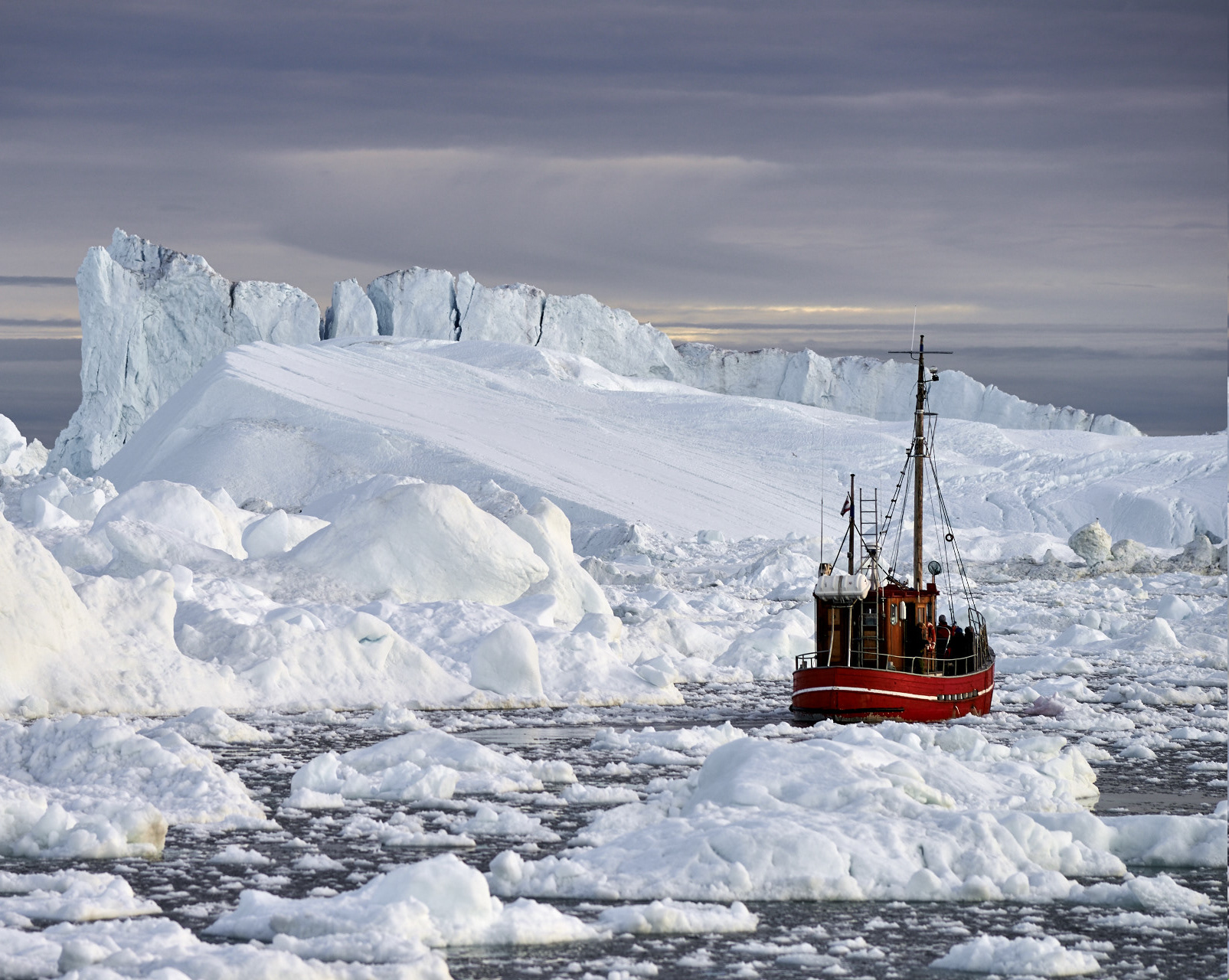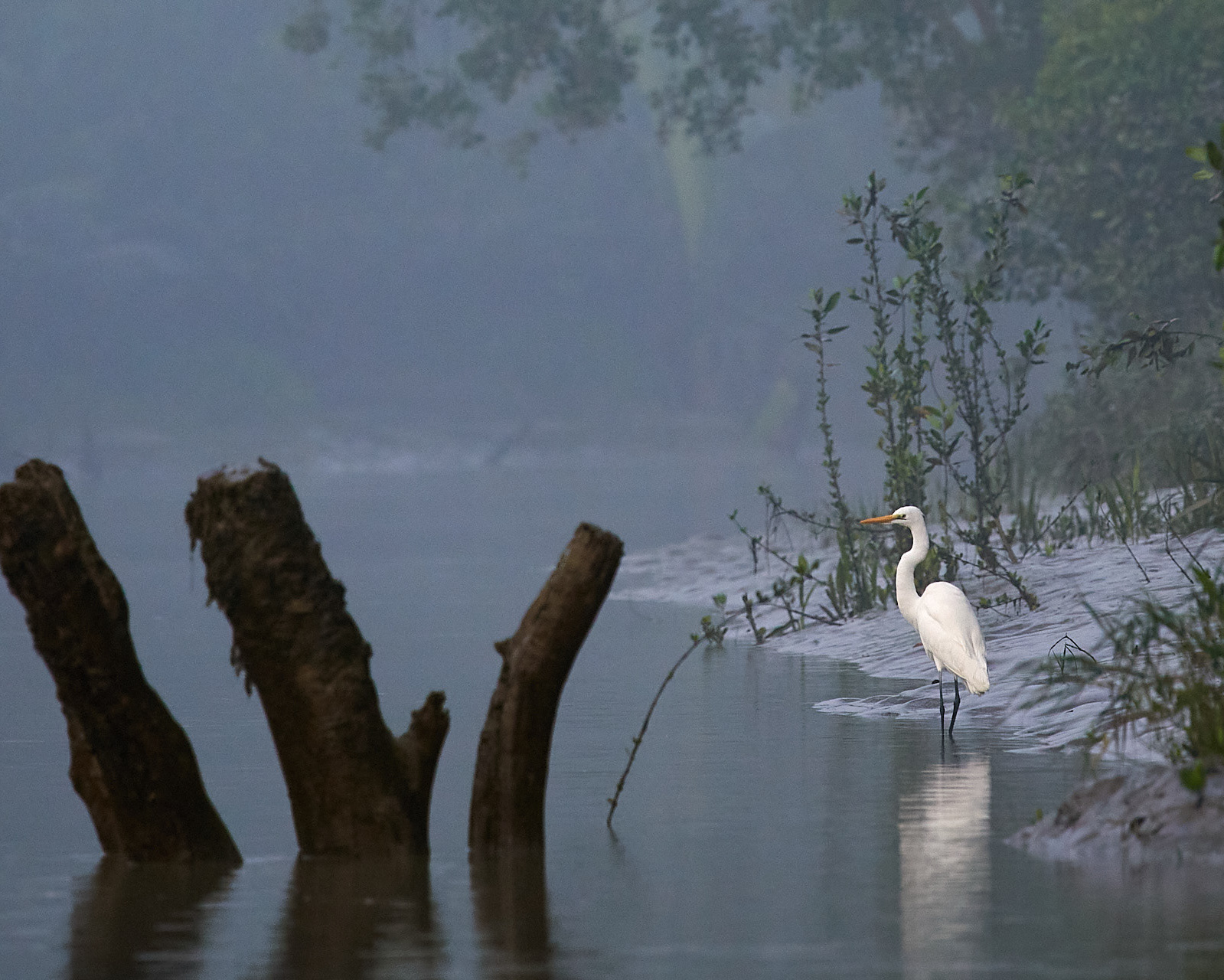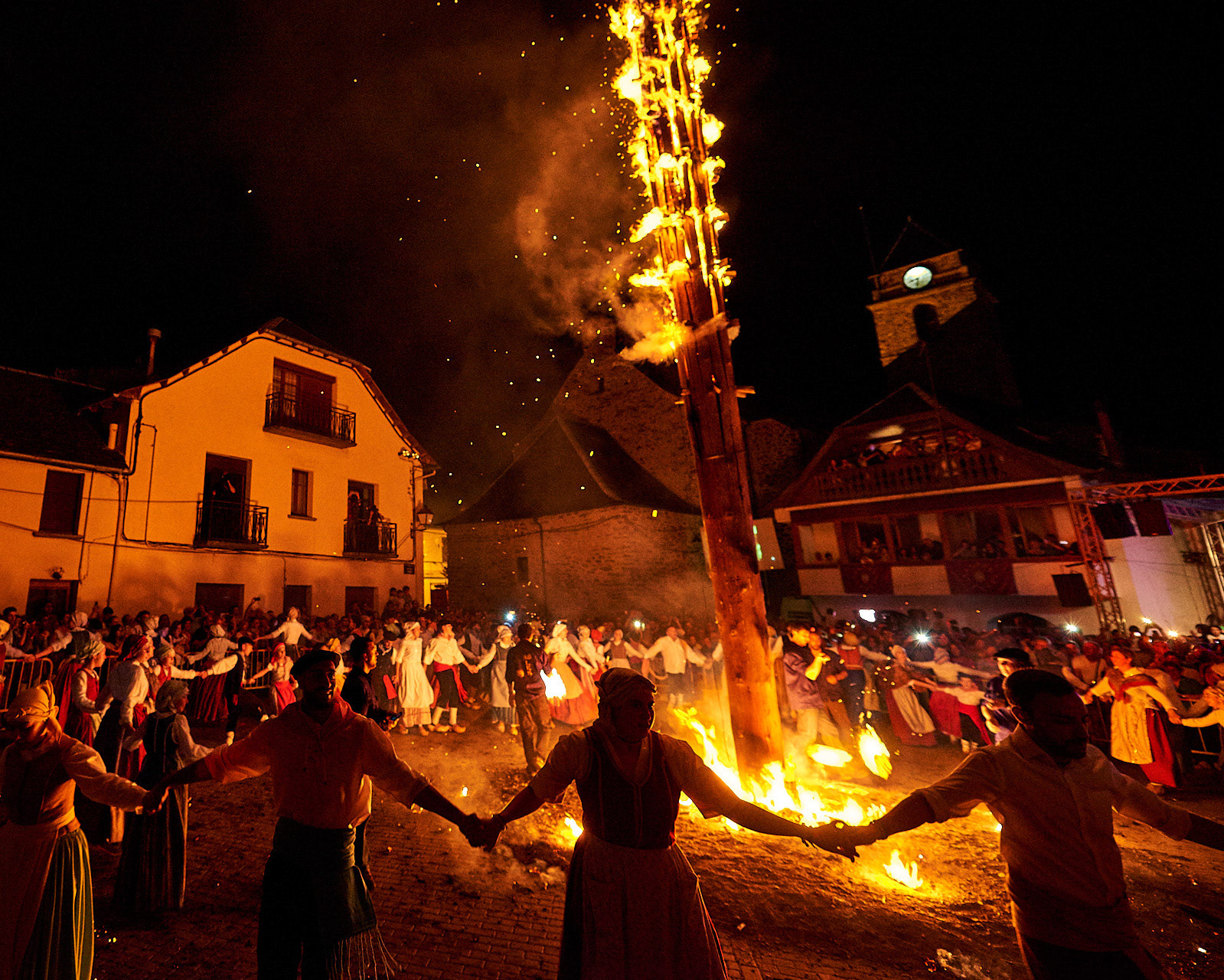Ferpècle glacier from the Dent Blanche hut, situated in the Pennine Alps, canton of Valais in Switzerland.
Aneto's summit and glacier seen from the upper Portillon. Aneto in the highest mountain in the Pyrenees, Aragon in Spain.
Ossoue glacier in the French Pyrenean, department Hautes-Pyrénées in Occitanie, on the border with Spain.
Northwest face of the Aiguille de Bionnassay over the Bionnassay glacier in Mont Blanc massif, Haute-Savoie, France.
Refuge and Sanctuary of Montgarri, located nearby the Noguera Pallaresa river, between black pine tree forests and pastures in Naut Aran, Catalonia.











